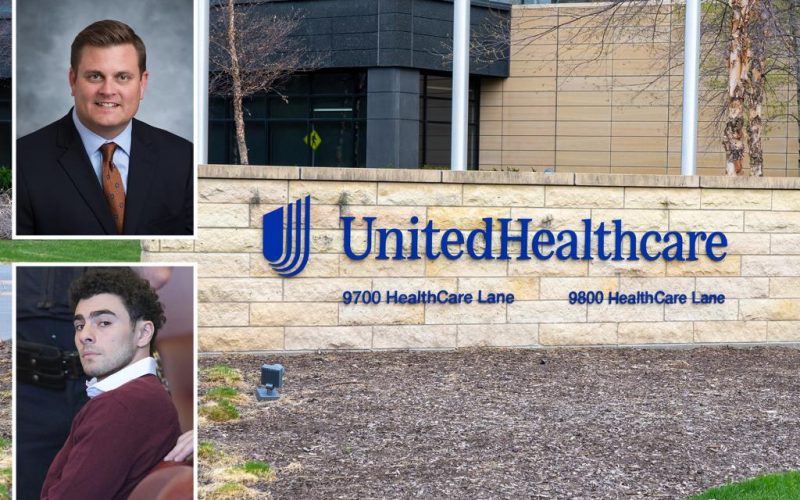UnitedHealth shares dropped nearly 5% Thursday morning after the firm disclosed worse-than-expected revenue in its first earnings report since the shocking assassination of Brian Thompson, its insurance branch’s chief executive.
The insurance provider reported revenue of $100.81 billion in the fourth quarter, below estimates of $101.76 billion as the company was hit by premiums that were lower than expected.
UnitedHealth reported $6.81 in adjusted net earnings per share in the same quarter, above expectations of $6.72 a share.
The company kept its 2025 adjusted net earnings forecast of $29.50 to $30 a share the same.
Thompson, 50, was executed at point-blank range outside the Hilton in midtown Manhattan as he was headed to host an investors’ conference on Dec. 4.
A grand jury has charged 26-year-old Luigi Mangione with first-degree murder and two counts of second-degree murder.
The assassination was apparently stoked by anger against the insurance industry, its high premiums and denied insurance claims.
Social media users made twisted jokes about the killing – siding with the murderer and calling it payback for insurance firms refusing to cover medical procedures for their loved ones.
Higher medical costs in government-backed Medicare plans hit the health insurance industry hard last year.
In early 2024, health insurers saw their profits from Medicare Advantage plans fall as older Americans started to visit the doctor after delaying care during the pandemic.
Major insurance firms like Humana and Aetna get a large chunk of their revenue from this popular Medicare plan.
In fiscal year 2024, a whopping 26% of UnitedHealth’s revenue came from its Medicare segment, according to estimates from Trefis, a data analytics firm led by MIT engineers and Wall Street analysts, whose team is a regular Forbes contributor.
Medicare Advantage offers more perks than traditional Medicare, like gym memberships, and insurers have been able to rake in higher reimbursements for customers they cover on this popular plan. But more utilization means less profit, so older Americans’ return to care visits weighed down insurers.
UnitedHealth’s medical cost ratio – the percentage of premiums spent on medical care – came in at 87.6%, above estimates of 85.95%, according to LSEG data. Insurance firms typically aim for an 80% ratio.
“It just shows that this is an issue that’s not abating yet and some investors were hoping that we’d see maybe better trends going into 2025,” said James Harlow, senior vice president at Novare Capital Management, which owns shares of the firm.
The company said it expects its medical cost ratio to land at approximately 86% to 87% this year.
“The market appeared disappointed that this typical overachiever merely met its 2024 goals and kept its lackluster 2025 outlook intact,” said Morningstar analyst Julie Utterback.
Shares in rivals CVS Health and Elevance Health also fell by about 3% on Thursday.
With Post wires








